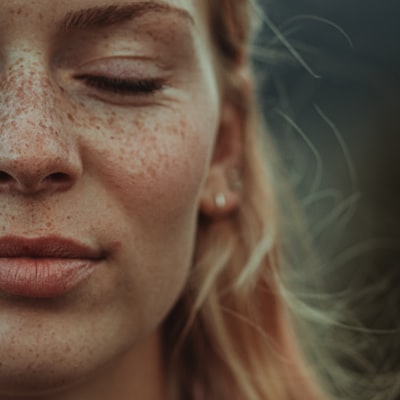Awnings are architectural factors or attachments which can be affixed to typically the exterior of buildings to provide shade, protection from sunlight, and aesthetic enhancements.

Awnings are architectural components or attachments that are affixed to the exterior of properties to provide shade, protection from the sunlight, and aesthetic improvements. They typically are made up of a frame structure covered using fabric, metal, or perhaps other materials, plus they extend out from the building's facade. Learn more here assist various functions and can be found in non commercial, commercial, and industrial settings. Here will be some key areas of awnings:
Sun Protection: Awnings are primarily utilized to block sun rays and give shade, aiding to reduce warmth and glare within buildings. This adds to an extra comfortable indoor surroundings and can potentially decrease energy costs simply by reducing the have to have for air conditioning.
Energy Efficiency: By simply shading windows plus doors, awnings can easily contribute to power efficiency in complexes. They help prevent direct sunlight by entering, thus minimizing the heat gain and cooling requirements.
Rain Protection: Some awnings are made to be water-repellant or waterproof, providing protection against light rain. This feature runs using outdoor spots, like patios or even decks, during slight rain showers.
Cosmetic Enhancement: Awnings appear in a number of styles, sizes, colors, in addition to patterns, permitting choices to complement typically the architectural style of a building. These people enhance the overall aesthetic appeal and curb appeal.
https://pitts-abdi.hubstack.net/awnings-are-architectural-capabilities-or-coverings-attached-to-the-exterior-wall-surfaces-of-buildings-commonly-above-windows-or-perhaps-doors-to-offer-shade-defense-against-typically- Residing Spaces: Awnings prolong usable outdoor dwelling spaces by producing covered areas with regard to relaxation, dining, or socializing. They may be commonly used over patios, decks, and backyard seating areas.
Retractable Awnings: Some awnings will be retractable, allowing all of them to be expanded or retracted as needed. Sturdy retractable awnings offer you flexibility, allowing customers to control the number of sunlight and hue based on the particular weather or choice.
Commercial Use: Awnings are widely used in commercial configurations, like restaurants, cafes, and storefronts. They will not merely provide hue for outdoor sitting areas but also serve as a highly effective means of showing business names, art logos, or promotional text messages.
Materials: Awnings can easily be made from some sort of variety of elements, including fabric, special canvas, metal, aluminum, or perhaps synthetic materials. The choice of materials depends on aspects such as durability, climate resistance, and aesthetics.
Installation Types: Awnings may be installed previously mentioned windows, doors, or perhaps as freestanding constructions. The installation approach depends upon what architectural capabilities of the building in addition to the intended use of the awning.
Maintenance: Normal maintenance, such because cleaning and checking for wear or damage, is important to ensure typically the longevity and suitable functioning of awnings. Proper care will help preserve their visual appeal and functionality above time.
Awnings provide practical solutions with regard to enhancing comfort, minimizing energy consumption, and adding aesthetic worth to both home and commercial buildings

